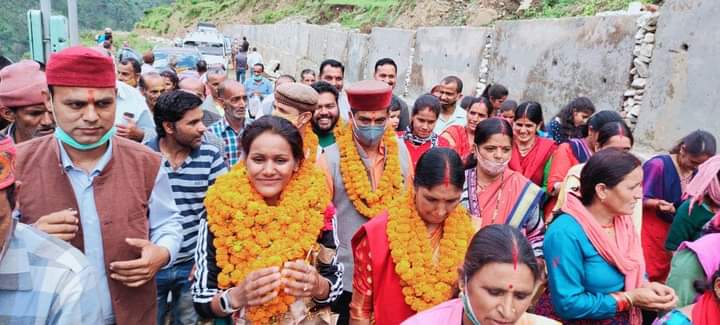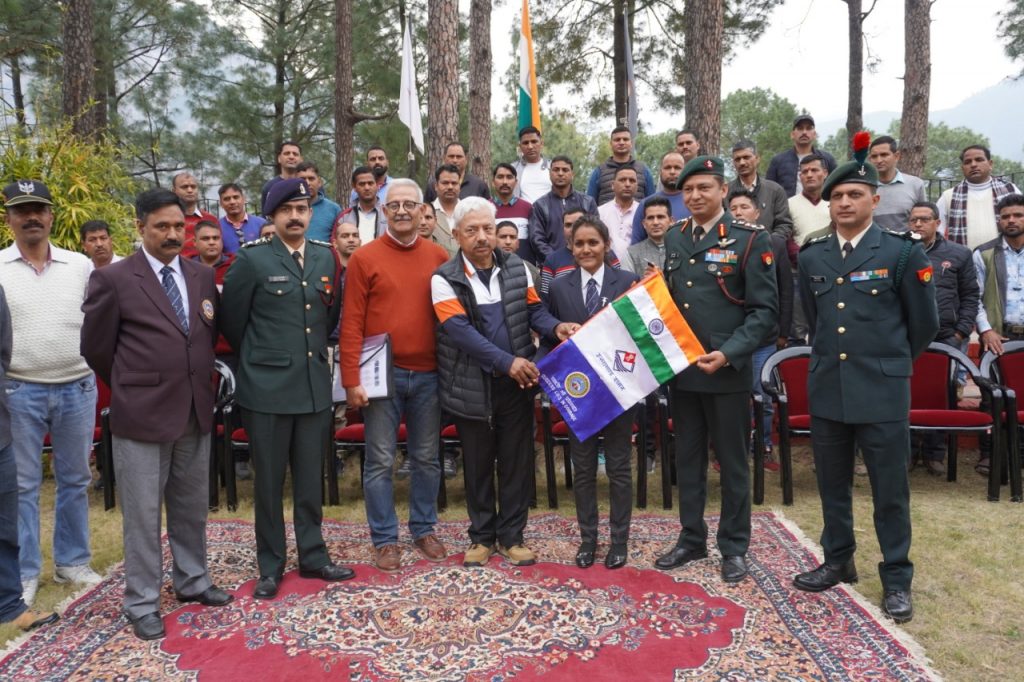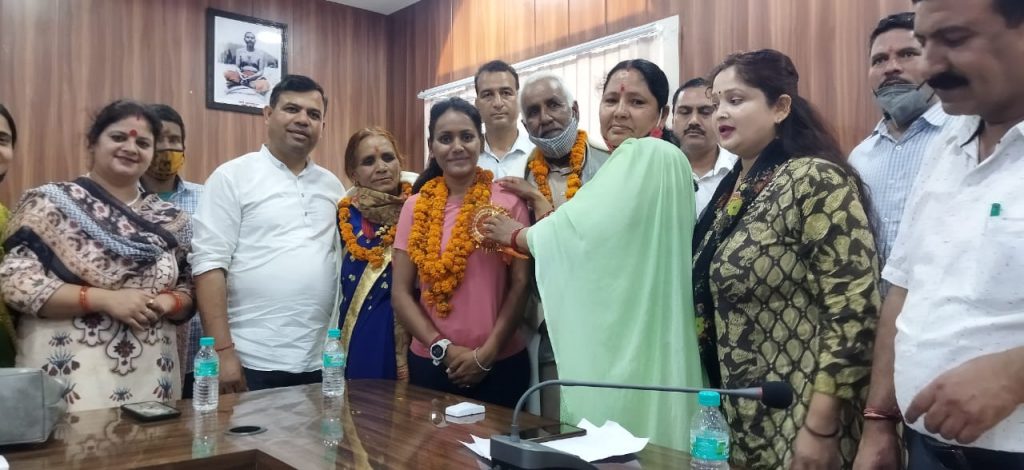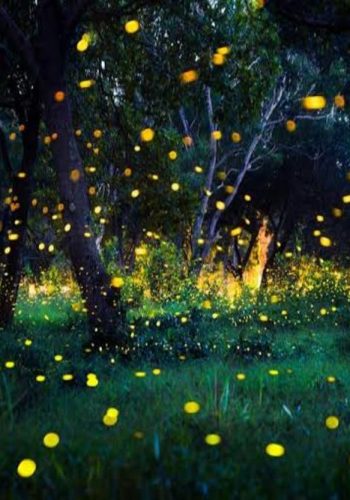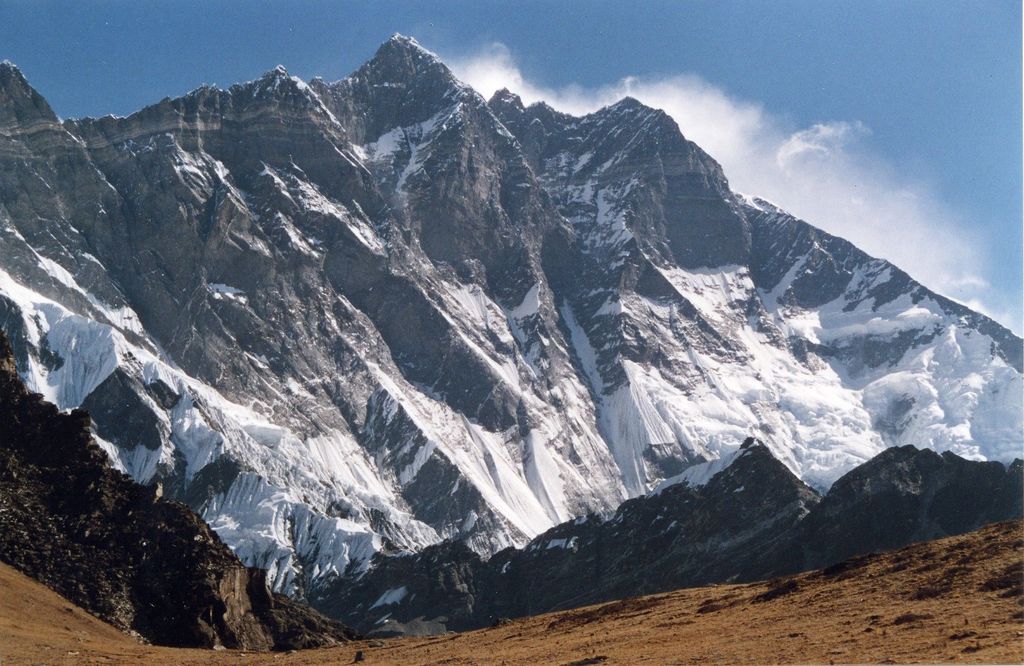
Facing the Mountains of Life to Build a Career in Mountaineering
A young girl’s inspiring journey from the traditional village of Lonthru to her dream career in mountaineering
Story by: Savita Kanswal
Read the original story in Hindi
Born in a middle-class family in a tiny remote village called Lonthru in the Uttarkashi region of Uttarakhand, I faced the same challenges that most other families with a similar background in my region face – limited opportunities and a constant struggle to fulfil basic needs. Yet I became the first woman from Uttarakhand, and the second from India, to summit Mount Lhotse – the fourth highest peak in the world. This is my story.
I am one of the four daughters of my father Shri Radhesham Kanswal, a farmer, and my mother Shrimati Kamleshwari Devi, a homemaker. I studied in Junior High School in Kotdwar up to 8th standard. The school was 1.5 kilometers away from my home. From early childhood, I started walking through thick forest to reach my school. In the 9th standard, I got admission in the Government Inter College in Maneri, 4 kilometers away from my house. When you are in the mountains, steep slopes and dense forest can make a 4km walk seem quite strenuous. All my friends who were from better off families rented rooms in Maneri to avoid the long walk to reach school. However, due to financial constraints, I had to live at home in Lonthru and walk the long distance every single day.
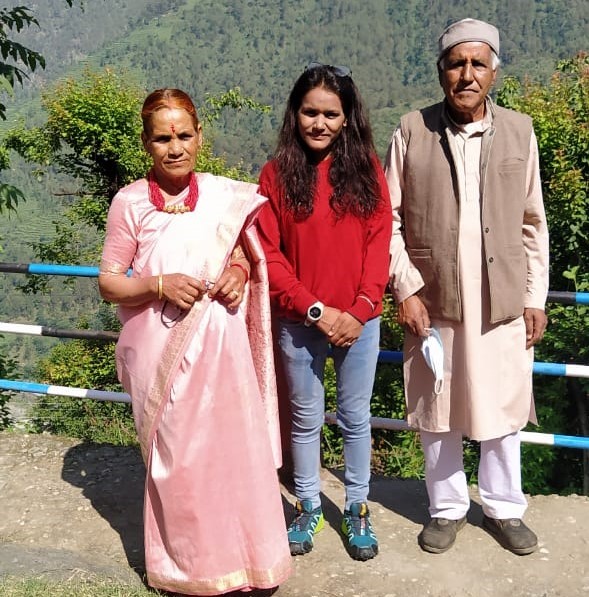
In 11th standard, my school teachers distributed forms to students to apply for the Adventure Foundations Course offered by the Government of Uttarakhand. I did not know much about adventure sports at the time, but I liked camping – like in the case of National Cadet Corps (NCC) and National Service Scheme (NSS). So I went ahead and filled up the form. During the 10-day course, I learned a lot about adventure sports, but the most important lesson for me was the importance of discipline and unity. It was this course that gave me a new dream – a career in mountaineering!
The first step towards realizing that dream was to enroll for the basic mountaineering course. But where would the funds come from? The course fee was Rs 5000 and the financial situation of my family was unfavorable. Lack of funds was not the only challenge. My family and the village folks strongly believed that an outdoors field such as mountaineering is not meant for girls – that girls should only do chulha-chowka or house work. This used to bother me. I would wonder why are girls not allowed to do the things that boys get to do? So I fought with my family and village people to pursue my passion.
In 2012, I completed my 12th standard. During this time, I met a school coordinator whose help and support enabled me to complete the Basic Mountaineering Course from the Nehru Institute of Mountaineering (NIM) in Uttarkashi in 2013. Each moment of the course was special for me. I remember the cold nights when it would snow and we would spend the whole night brushing off the snow from our tents! Everything was so new, challenging and exciting!
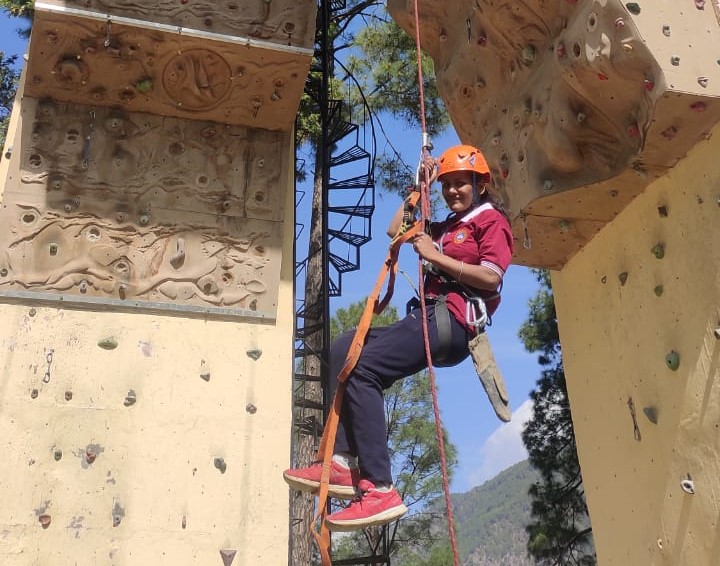
After completing the Basic Mountaineering Course, when I wanted to do the Advanced Mountaineering Course, I faced the problem of funds yet again. In 2013, after the devastating flash flood in Uttarakhand, some organizations came forward to help people in the flood-affected regions. They selected some children and young adults from these regions and took them to Dehradun to impart free skills development training in retail and Food and Beverage (F&B) service. I was among those who were selected for the free training. After the two-month course, we were given placement into jobs.
My first job was at Café Coffee Day. I worked there for 2 years from 2014 to 2016 making Rs 6000 a month. In 2016, after earning and saving a sufficient amount for fees, I returned to NIM to do my Advanced Mountaineering Course.
During the Basic and Advanced Mountaineering Courses, we learned many skills. These 28-day courses are task-oriented where we get training on rock, snow and ice craft and how to use mountaineering equipment. We learn how to climb rock and ice and how to do it safely. Many advanced techniques are taught too. But of all those, the most important thing that we learn is discipline.
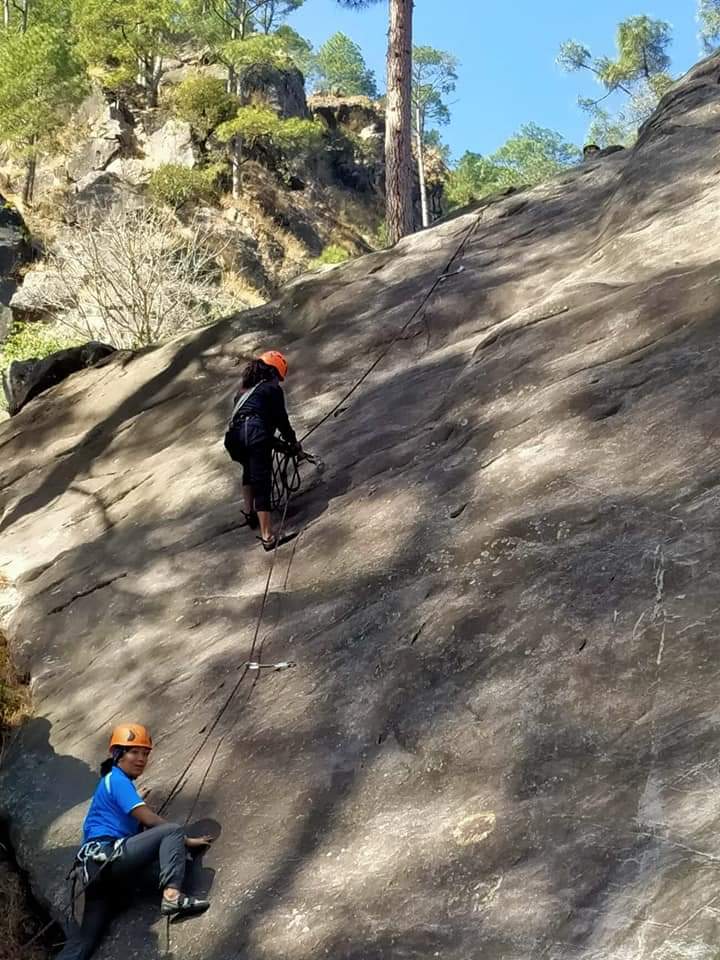
The courses are intense and rigorous, and test you in every way. During the courses, we would wake up at 6:00 a.m. After morning workout, we would have breakfast. We would then go for training sessions, followed by a lunch break at 1:00 p.m. We would get half an hour of rest time after lunch, and then get back to physical training and indoor classes until 5:00 p.m. with a short break for some games at around 4:00 p.m. We would have dinner at 8:00 p.m., and by 9:30 p.m., the lights would be turned off. In the mountains too, we followed the same routine, but the training was different.
As part of the course, the trainees are required to summit a peak. Usually, the trainees of NIM go to Draupadi ka Danda, a peak in the Gangotri range of the Garhwal Himalaya in Uttarakhand. The entire planning of the expedition is expected to be done by the trainees. On the day of the summit, we have to climb during the night so that we can reach the summit by 12-1 in the afternoon and begin our descent safely.
When I went for the expedition as part of my course, an incident took place that remains etched in my memory till date. A few minutes before leaving for the summit, we went a little away from the camp to freshen up. Just then, a girl from our group fell in a crevasse and the girl who was with her cried out for help. It was around 12:30 a.m. Our instructor rushed with the equipment, such as ropes and pulleys, necessary for her rescue.
The girl had fallen way deep into the crevasse and the rescue operation went on for 3.5-4 hours! At about 4:00 a.m., she was finally brought back safely to the camp much to our relief. The girl was a strong and patient mountaineer, which perhaps worked in her favor and she was able to handle the incident well. A lot of people panic after such an experience. My immediate reaction to the episode was fear since this was my first expedition. I even thought at that time that I will perhaps not pursue mountaineering. But incidents like these teach us a lot too. I learnt that when you are high up in the mountains, you should never be careless, never move around alone in the night and your buddy should always be aware of your whereabouts. Every time I am in the mountains, I am reminded of that incident and the lessons I learnt from it.
Hear Savita narrate the incident of a girl falling in a crevasse during an expedition
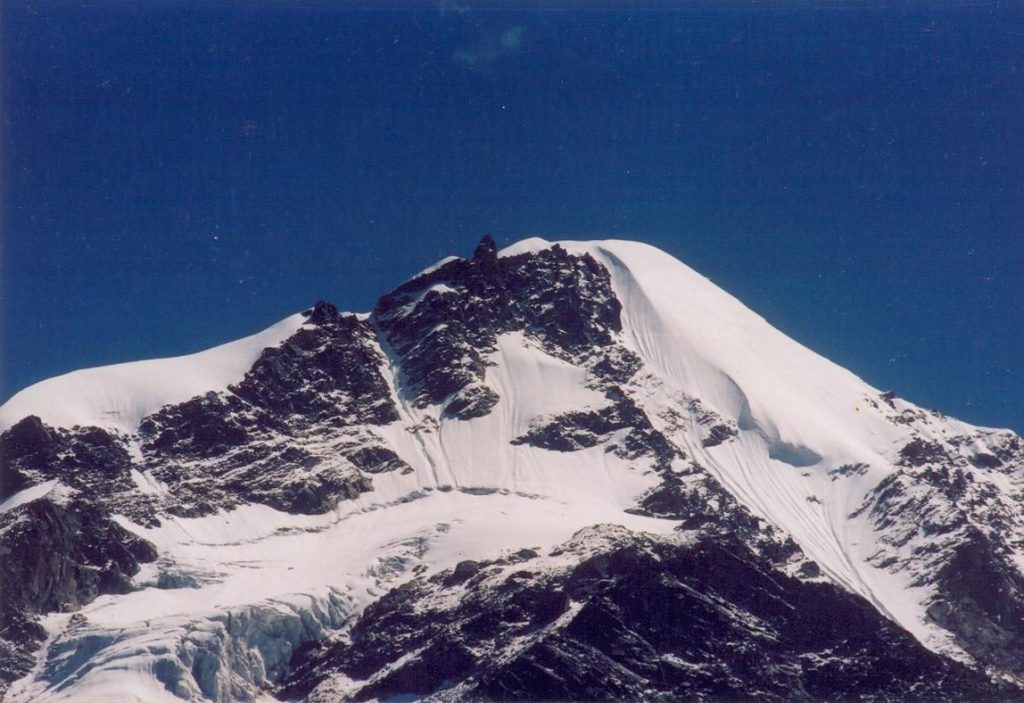
After my advanced course, I completed the Method of Instruction and Search and Rescue courses from NIM in 2016 and 2017, respectively. In 2016, I became a guest instructor at NIM. During my interview, it was humbling to compete with the same person who taught me the very basics of mountaineering!
As a guest instructor, I manage some of the 5 batches of Basic Mountaineering Course, 3 batches of Advanced Mountaineering Course, and a batch each of Method of Instruction and Search and Rescue every year. We also offer special courses for National Disaster Response Force (NDRF), Indian Military Academy, Uttarakhand Police, Uttar Pradesh Police among others.
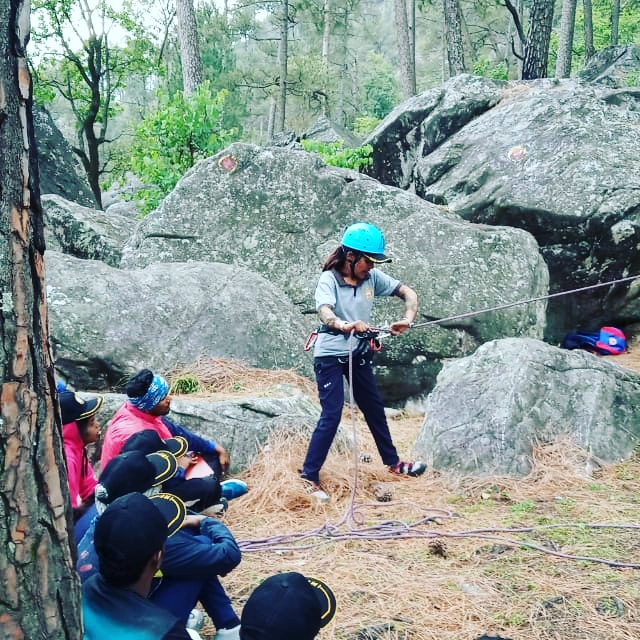
As a mountaineer, I completed my first successful expedition at Draupadi ka Danda (5670 meters) in 2018. Having attempted the summit earlier in 2016 during my Advanced Mountaineering Course, when bad weather had failed us, I was already aware of the challenges when I returned there in 2018. It proved to be advantageous for me. However, I was a trainee in 2016 and in 2018, I was an instructor for a batch of 42 girls in training! So, I was responsible not only for opening the route and fixing ropes, but also for the overall safety and success of the expedition! It was exciting and unnerving at the same time!
So far, I have completed nine expeditions to peaks with heights ranging between 4000-8500 meters. These include Tuliya (Jammu and Kashmir), Kolahai (Jammu and Kashmir), Hanuman Tibba (Himachal Pradesh), Trishul (Uttarakhand), Chandrabhaga (Himachal Pradesh) in India and Lobuche and Lhotse in Nepal. These expeditions have made me realize that each peak is unique, and so the challenges involved in summitting each one are unique too.
During the Mt. Trishul expedition, our instructor asked whether we would be able to go from Camp 2 directly to the summit and in our excitement, we assured him we could! Camp 2 was at 5900 meters and the summit was at 7100 meters – an altitude gain of over 1000 meters in a day, which can be is a huge challenge at that height. If you aren’t acclimatized properly, you can face severe health issues. We all did manage to reach the summit, but while descending, many of us suffered from weakness and exhaustion. All such experiences are lessons in disguise.
My biggest challenge – and also the biggest achievement so far – has been the summit of Mt. Lhotse (8516 meters) in the Nepal Himalaya in May 2021. This achievement is special more so because I’m the second woman from India and first from my state, Uttarakhand, to have summited this peak.
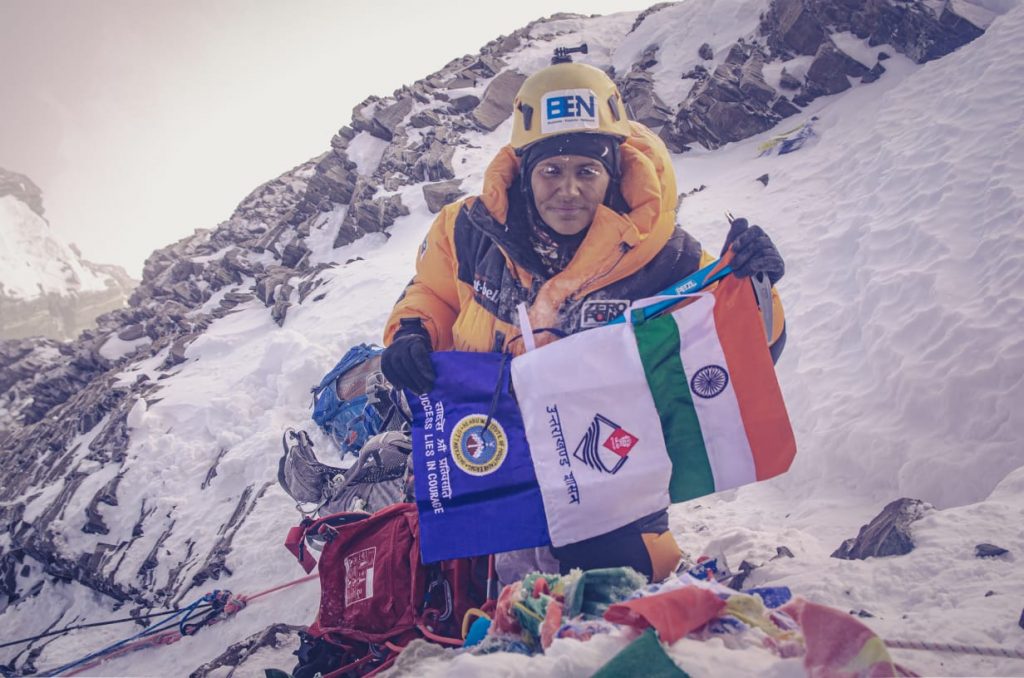
While success of such an expedition makes me feel elated, there are some memories that leave me numb. When I was on the Mt Lhotse expedition, one of the Sherpas from another agency unclipped himself from the rope while at the Khumbu icefalls as he wanted to relieve himself. These are the people who keep reminding us that safety comes first and yet, he did something he shouldn’t have and ended up falling in the crevasse. I cannot forget his screams pleading to be rescued, saying he had just recently gotten married. Imagine watching someone, who has been walking along with your for almost a month, suddenly fall in a crevasse and having no option but to leave him behind. The agency he worked for told us to proceed with our climb. They did call for a rescue operation, but from what I know, by the time he was rescued from the crevasse, he was already in an irrecoverable state.
Hear Savita talk about her experiences during various expeditions
I also remember a time when I saw a dead body being carried down from the mountain as part of the mountain clean-up organized by the Nepal government. Moments like these sometimes make me wonder why do people come here? Do they come here to die? Why have I chosen the field of mountaineering that involves a threat to life? And yet, the elation after successfully reaching the summit, realizing an almost-impossible dream keeps bringing me back to the mountains.
Mountaineering is my passion and my profession. I find peace in the mountains despite some difficult and unpleasant experiences. My next big dream is to summit Mt. Everest, and I am currently working to gather financial support to make it happen. One day, I hope to summit the 14 highest peaks in the world. I also wish to develop tourism opportunities in my local area to enhance livelihood options and help make opportunities available especially for the girls in my region.
To those who want to pursue mountaineering as a sport or career, the only thing I’d like to say is respect the mountains and your own life! Never take unnecessary risks. Your safety should be your highest priority. Remember this and you will surely be successful.
* Cover Photo: Uwe Gille, CC BY-SA 3.0, via Wikimedia Commons
Read the original story in Hindi
Meet the storyteller



